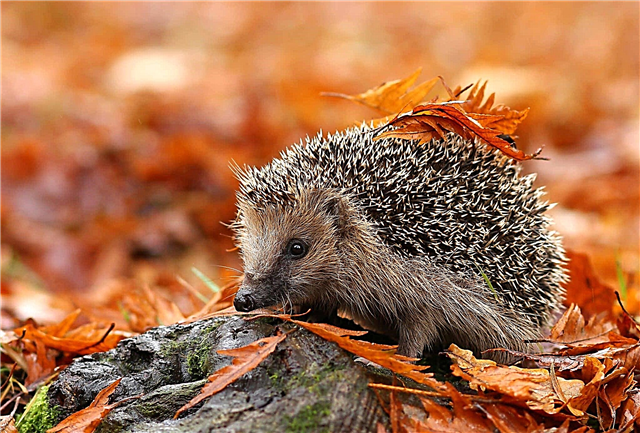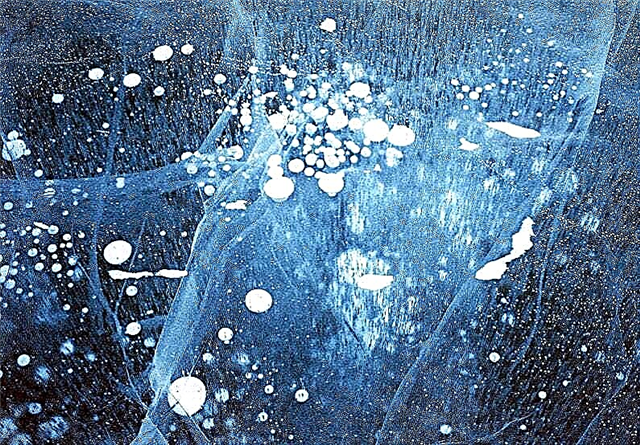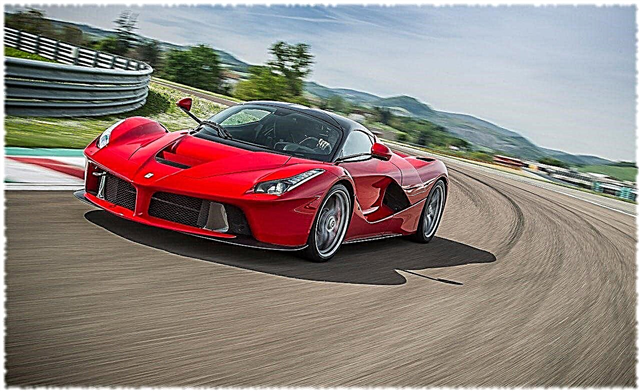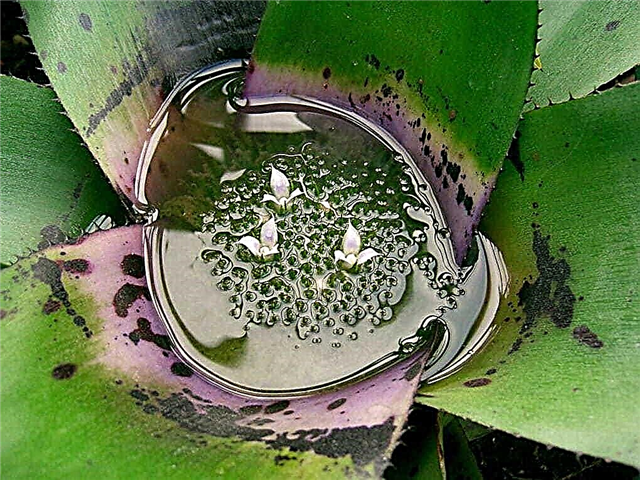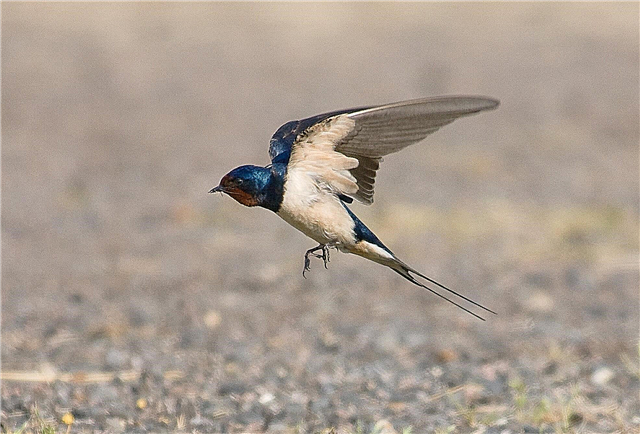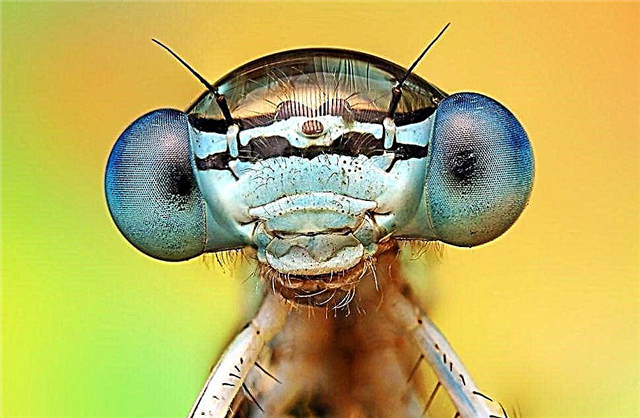
Over the past decades, football has turned from a simple game into a spectacular sport, where in every match dozens of parameters for each player are taken into account. During the match and after the person can get detailed statistics about the players: average speed, distance traveled, accuracy of passes, committed actions, etc. This opportunity increases the interest in the game, however, how were the organizers of the football matches able to realize it?
How to determine the length of the path and speed of the players?
To collect statistics, the Swedish optical tracking technology TRACAB is used, which determines the set parameters of a football player during the game. This is done using pre-installed HD cameras located on the upper tiers of the stadium and capable of transmitting a picture to the server in real time. The cameras are mounted on special tires mounted in the arena frame.

During the match, cameras are positioned so that images from them capture the location of all players and the ball when combined. To do this, they are controlled by a system that continuously takes pictures of what is happening on the field. 25 photos are taken per second. In parallel, the program determines the change in the position of objects in two consecutive images. For example, the footballer in the initial photo was at the point with coordinates “A”, and the next at the point with coordinates “B”.Depending on the motion vector, TRACAB calculates the distance between the coordinates, and then summarizes them with the data obtained from subsequent photos. Speed is also determined.

It is in this way that the distance that the players run for the match is determined.
Interesting fact: TRACAB boasts high accuracy in determining the distance traveled. The error of summing the distance during a football match is not more than 8 cm. Given that during the game, players run an average of 11 km, this error does not affect anything.
How did the optical tracking system for football players come about?
In the early 2000s, sports organizations wanted to provide as much information as possible to spectators and analysts to fuel their interest. The study of ideas that will allow you to get the most data about a football match has begun.
Initially, there was a proposal to embed a special chip in a soccer ball, which will determine its speed and distance traveled. In the future, it was planned to sew the same chips into the equipment of football players. However, FIFA rejected this offer. Most likely, the organization considered that the appearance of chips would affect the flight of the ball and cause discomfort to the players.
After that, attention was paid to the technology developed by SAAB. For her planes, she used software that allows real-time determination of the position of air targets in space, the distance traveled by them, etc.
Based on this technology, inventors from Sweden adapted it for use in sports. Now TRACAB is used not only in football, but also in basketball, baseball and other sports.
Optical Tracking System Evolution
Every year the technology has more and more responsibilities. If initially people saw in it a way to collect information about the match, now they also entrust it with work to resolve contentious issues.
TRACAB “taught” to draw lines in space and determine the position of certain objects relative to it. This allowed us to add a computer definition of offside and goals scored.
If the judge cannot decide whether there was an offside position, the system draws a line parallel to the goal through the defender and analyzes the position of the attacking player relative to it. When it is unclear whether there was a goal after hitting and bouncing the ball out of goal, they also resort to TRACAB. The system finds the picture taken when the ball was as far beyond the line and determines whether it crossed the line completely.

